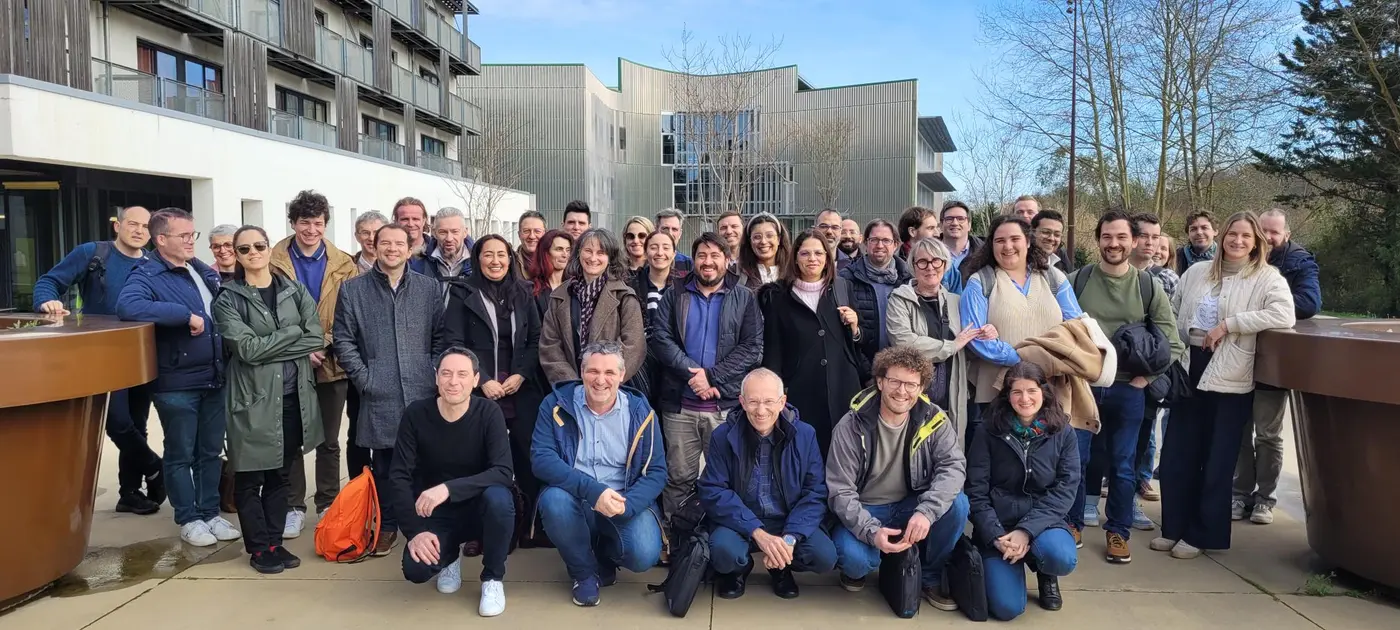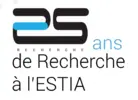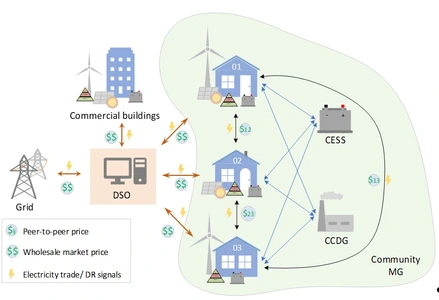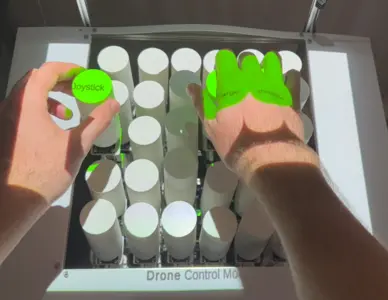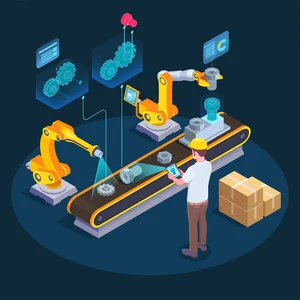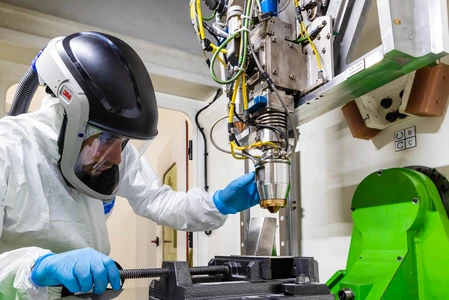Who are we?
Since 2009, all of ESTIA's research activities have been grouped together in a single team called ESTIA-Research, with an interdisciplinary vocation at the interface of Science and Technology and the Humanities and Social Sciences.
ESTIA-Research is dedicated to cutting-edge scientific and technological work.
Its main mission is to study, design and implement Sustainable and Capacitating Interfaces to improve Human-Human, Human-System and System-System interactions. The results obtained are part of a dynamic transformation towards the industrial technologies of the future and take into account the energy transition and digital transformation.
Documentation
History of ESTIA-Research
Created in 1998, ESTIA-Recherche is a research unit under the auspices of the ESTIA Institute of Technology.
The laboratory benefits from strategic and institutional partnerships:
Since 2016, an association agreement with theUniversity of Bordeaux has given the laboratory access to three doctoral schools (ED):
- ED SPI n°209: Physical and Engineering Sciences,
- ED MI n°39: Mathematics and Computer Science,
- ED EES n°42: Enterprise, Economy and Society.
Since 2019, ESTIA-Research has been a member of the Engineering and Digital Sciences department (SIN) of the University of Bordeaux.
Since February 2020, it has been part of the Carnot Institute ARTS, strengthening its roots in applied research and industrial collaborations.
Creativity, eco-design and circularity
How can the hybridisation of different systems (approaches, tools, methods, organisations) stimulate or make more efficient (economically and environmentally) the innovation processes of socio-economic players? We use research-action approaches developed within players (companies, associations, citizens, etc.) to stimulate and analyse sustainability-oriented approaches (circular economy, low-tech, sobriety, etc.) in order to answer the previous question.
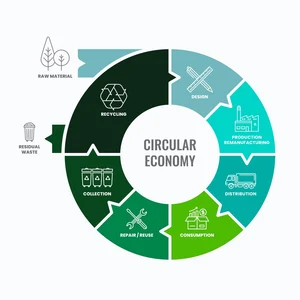
Tangible Interaction, Gesture and Augmented Reality
What role does the metaphor of human-machine interaction (HMI) or human-system interaction play in the optimisation of complex business tasks? The answer lies in the design, development and evaluation of tangible, gestural HMI integrating affective computing and augmented reality.
Technological and Human Systems
How can we support the socio-technological transformations required to design, produce and use complex systems within organisations? By integrating the human element into all phases of the life cycle of these systems, using a systemic vision derived from industrial engineering and management sciences.

